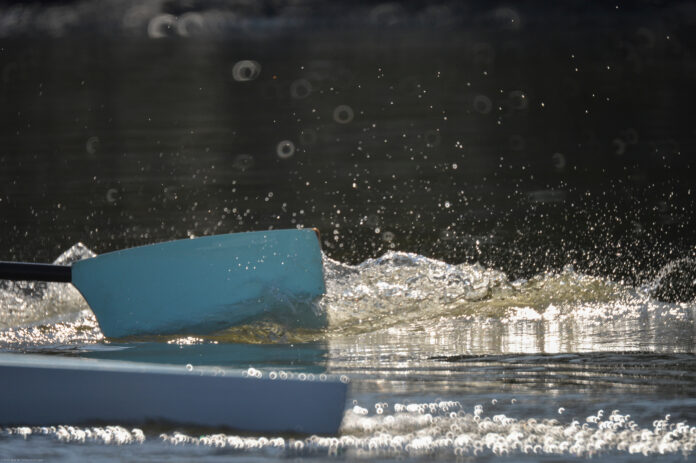BY VOLKER NOLTE
PHOTO BY PETER SPURRIER
To continue reading…
Register for free to get limited access to the best reporting available.
Free accounts can read one story a month without paying.
Register for free
Or subscribe to get unlimited access to the best reporting available. Subscribe
To learn about group subscriptions, click here.
Already a subscriber? Login
Many associate the term “slip” with the blade moving backward against the direction of travel. This comes from the perception that the blade is placed in the water and pushed backward through it. The more the blade moved backward, or slipped, the thinking went, the worse it would be for speed generated by the drive.
If only the blade just moved backward. In reality, after it touches the water it moves at first forward, in the direction of travel, and outward away from the boat. This lasts for one third of the drive before the blade then moves first backward-outward, then backward, and then backward-inward. Though perhaps not intuitive, this movement is well-documented and accepted as scientific fact. So does the blade actually need to move at all in the water?
The answer is yes; it has to in order to produce force, which is connected with the magnitude of the speed of the blade in the water. It can also generate lift force depending on how the water flows relative to the blade.
The trick is to place the blade properly in the water and then produce just the right amount of rotation with our pull on the handle, which requires covering the blade quickly to take advantage of its big surface area and accelerating the rotation delicately to get the most out of the lift.

